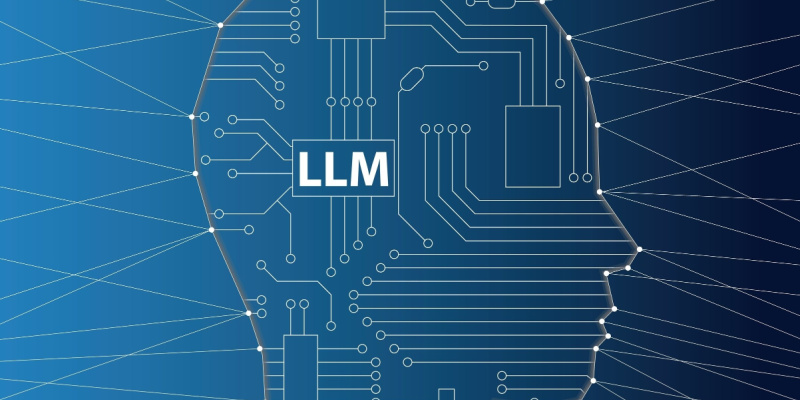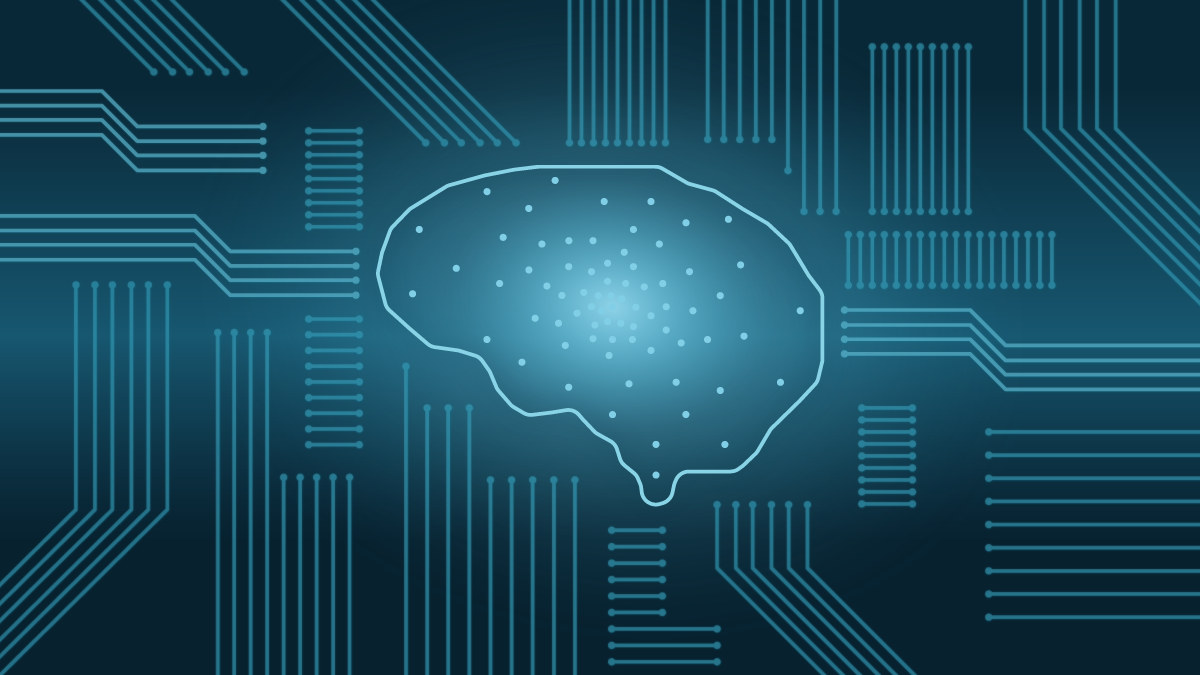Large Language Models (LLMs) represent one of the most significant breakthroughs in artificial intelligence, fundamentally changing how we interact with technology and process information. These sophisticated AI systems have captured global attention through applications like ChatGPT, Claude, and other conversational AI tools that can understand, generate, and manipulate human language with remarkable accuracy.
At their core, LLMs are advanced artificial intelligence systems trained on massive text datasets from books, websites, and other sources to understand and generate human language. Unlike traditional computer programs that follow explicit instructions, LLMs learn patterns from billions of examples, enabling them to predict what text should come next in any given context. This fundamental difference makes them incredibly versatile, capable of handling tasks ranging from answering questions and writing essays to translating languages and assisting with coding tasks.
The term “large” in Large Language Models refers to both the enormous datasets used for training and the billions of parameters these models contain. Parameters are machine learning variables that help the model infer new content, and LLMs typically have at least one billion parameters or more. This scale enables them to capture intricate patterns in human language, understanding not just grammar and syntax, but also context, semantics, and conceptual relationships.
What makes LLMs particularly revolutionary is their ability to perform zero-shot learning, responding to requests without explicit training on those specific tasks. This capability, combined with their natural language processing abilities, has made them invaluable across numerous business functions and use cases, from content generation to customer service automation.
How Large Language Models Work
LLMs operate through sophisticated transformer neural networks, a groundbreaking architecture introduced by Google in 2017. Unlike earlier recurrent neural networks that processed inputs sequentially, transformers can process entire sequences in parallel, dramatically reducing training time and improving efficiency.
The transformer architecture consists of multiple key components working together. The encoder and decoder extract meanings from text sequences and understand relationships between words and phrases. Self-attention mechanisms assign weights to different parts of the input data, allowing models to focus on the most relevant information rather than dedicating equal attention to all inputs.

Positional encoding embeds the order of input within sequences, enabling words to be processed non-sequentially while maintaining their contextual relationships. This innovation allows transformers to understand complex linguistic structures and maintain coherence across longer passages.
The Training Process Behind LLMs
Training LLMs involves multiple sophisticated stages. Initially, models undergo unsupervised learning on massive text corpora, often containing trillions of words from sources like Wikipedia, Common Crawl, and various internet repositories. During this phase, models learn to predict the next word in sequences based on preceding context, gradually understanding grammar, semantics, and conceptual relationships.
The process involves tokenization, where text is broken down into smaller units called tokens – words, subwords, or characters that the model can interpret numerically. These tokens are then transformed into word embeddings, multi-dimensional vectors that represent words so that those with similar meanings or relationships are positioned close together in vector space.
Fine-tuning represents the next crucial step, where base models are adapted for specific tasks using smaller, supervised datasets. This process can involve few-shot learning, where providing relevant examples significantly improves performance, or more extensive fine-tuning that adjusts model parameters for particular applications.
Key Applications and Capabilities
LLMs demonstrate remarkable versatility across numerous applications. Content generation capabilities include copywriting, creative writing, and technical documentation. Their code generation abilities power tools like GitHub Copilot, enabling programming in multiple languages, including Python, JavaScript, and Ruby.
Natural language processing tasks encompass text classification, sentiment analysis, translation, and summarization. LLMs excel at knowledge-intensive applications, answering specific questions from digital archives and providing information synthesis.
Conversational AI represents perhaps the most visible application, with LLMs powering chatbots and virtual assistants that can maintain context across extended interactions. Their ability to understand nuanced queries and generate contextually appropriate responses has revolutionized customer service and educational applications.
The Future Impact of LLMs
Large Language Models continue evolving rapidly, with ongoing improvements in efficiency, accuracy, and specialized capabilities. Their transformer-based architecture provides a foundation for increasingly sophisticated AI applications, from autonomous agents to advanced reasoning systems.
As these models become more accessible and powerful, they’re reshaping industries from healthcare and education to entertainment and software development. Understanding how LLMs work provides crucial insight into the AI revolution currently transforming our technological land, making human-computer interaction more natural and intuitive than ever before.




